In 1859, Jackson County built, this, its 3rd jail. The first one was built of wood (1827); the second was brick (1841); and this one is constructed of blocks of limestone quarried nearby. A federal-style brick residence was provided for the jailor and his family. His office was also located in the house; all prisoners passed through this room.
There were various displays regarding previous Sheriffs and the tumultuous times during the Civil War.
The Jackson County Jail was declared a Federal post in 1862 and served as the US Provost Marshal's Headquarters during the Civil War. Citizens who lived in the area that were sympathetic to the Confederacy were given 15 days to evacuate their homes as Missouri was officially a Union state. This was became known as Order No. 11 and disrupted the lives of many. By the end of the Civil War, the area was near anarchy causing an increase in crime.
The cell block housed 6 cells on the ground floor and 6 more upstairs. Both a grated and steel door guarded the entrance to each cell.
There was a window that was covered with a grate (no glass) in each cell that provided very little sunlight. The cells were cold in the winter, hot in the summer and only a thin corn shuck mattress was provided to the prisoners.
William C. Quantrill was a well known border war guerrilla (north/south) who was held in the jail for a few hours after a squirmish.
Frank James, notorious outlaw and brother of Jesse, surrendered in October 1882. His brother had been killed in April that same year and Frank feared the same fate. Friends furnished his cell to make his 112-day stay more comfortable.
After a 12-day trial, Frank was found "not guilty" for a train robbery committed in 1881 and released. He died at 72 in 1915 and is buried in Independence.
A 2-story building was added to the jail in 1907 that now houses a small museum. The jail was decommissioned in 1933.
There were various displays about frontier life in the mid 1800s. Independence was founded in 1827 and was the most western town in the US at the time. Settler headed west traveled the Missouri River to Independence or cross the state of MO to reach the town. Some settled here but most continued west purchasing supplies in Independence. It was an expensive journey (for the time) for the 3-month, 1,600 mile journey on the Santa Fe Trail (starting in 1820), the Oregon Trail (starting in 1836), or the California Trail (1840s). Supplies cost, on average, $1,000 and a wagon, $400. This brought prosperity to the region until 1869 when the transcontinental railroad replaced wagon trains as the preferred mode of travel.
You may also tour the Marshal's house including the parlor, dining room (currently the entrance/small gift shop), and upstair bedrooms.
There is also a one-room school house (c 1870) from the farm of Southern sympathizer, William B. Howard. It was relocated to this site in 1960.
Admission was $6/adults. Please visit the website of the Historical Society that is manages the museum for additional information including hours of operation. We always love the historical aspects of the towns we visit during our travels.
Website: www.jchs.org
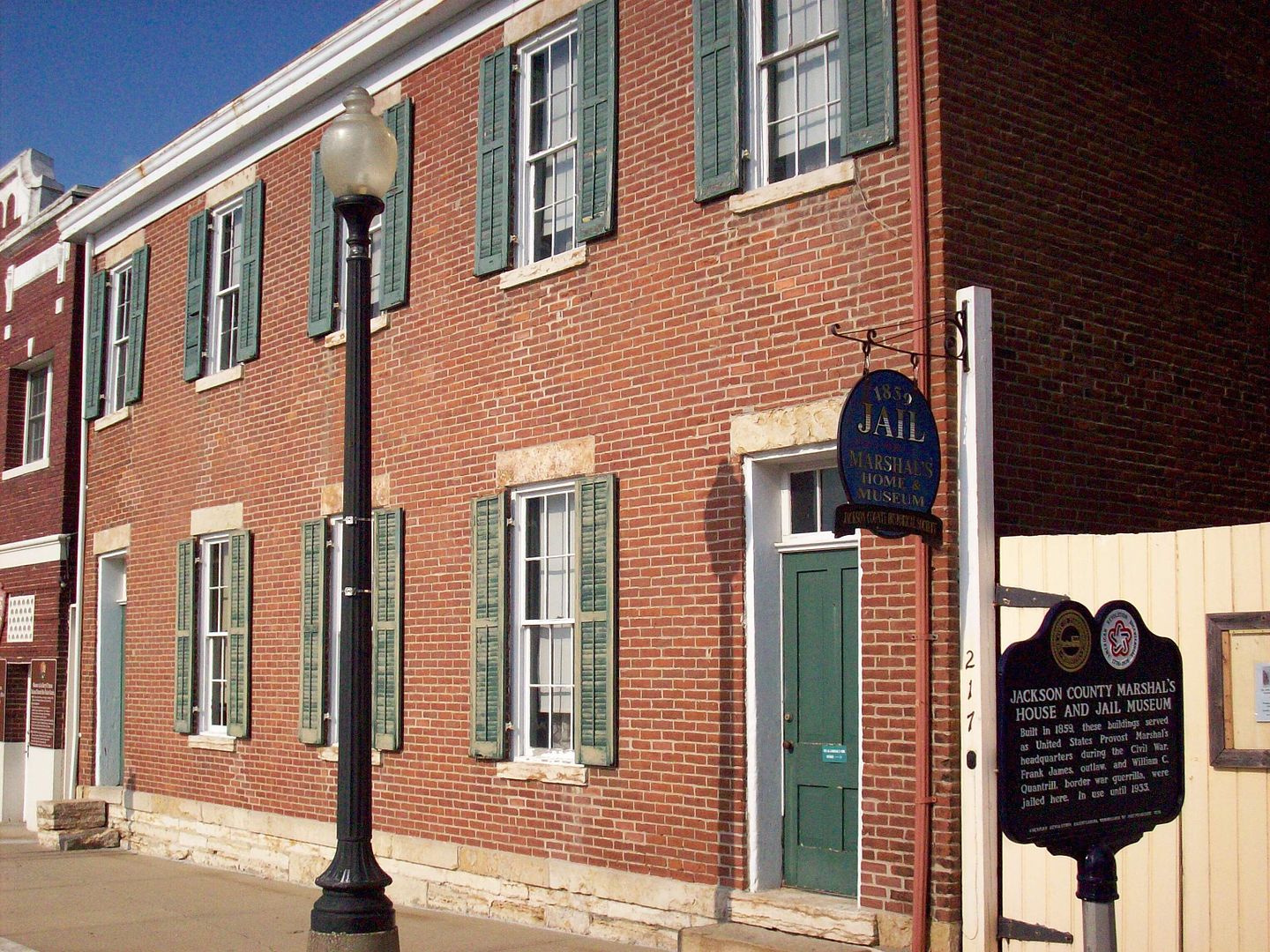
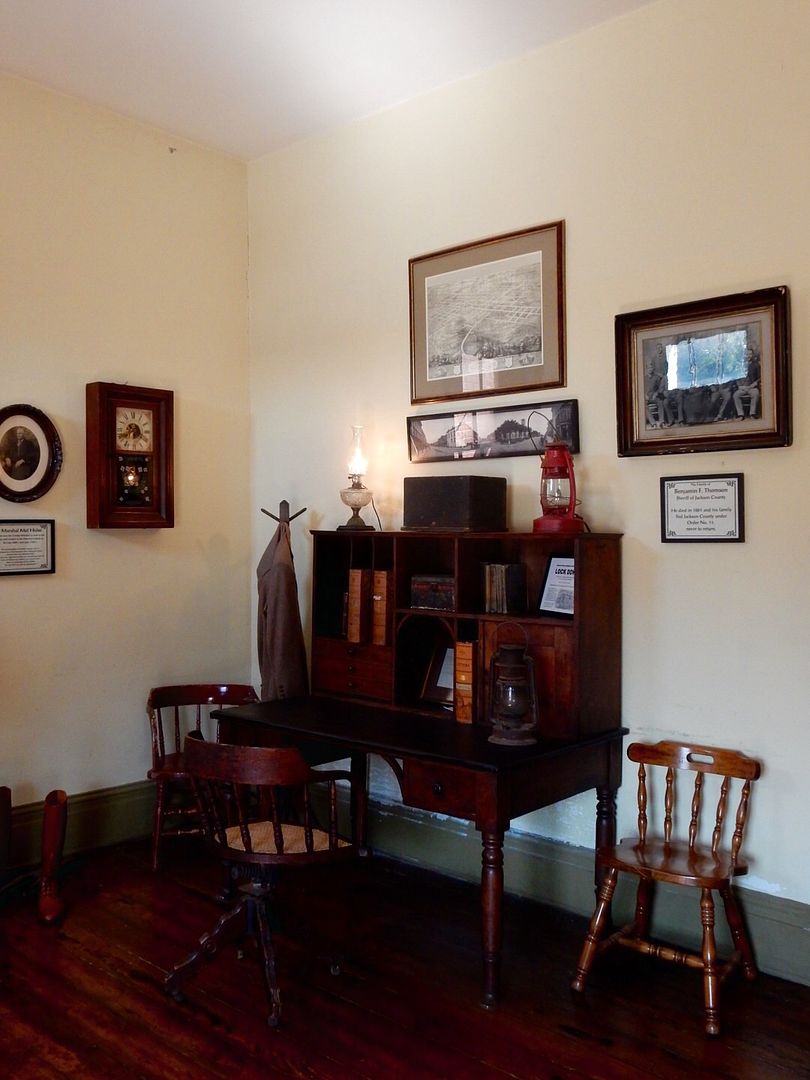
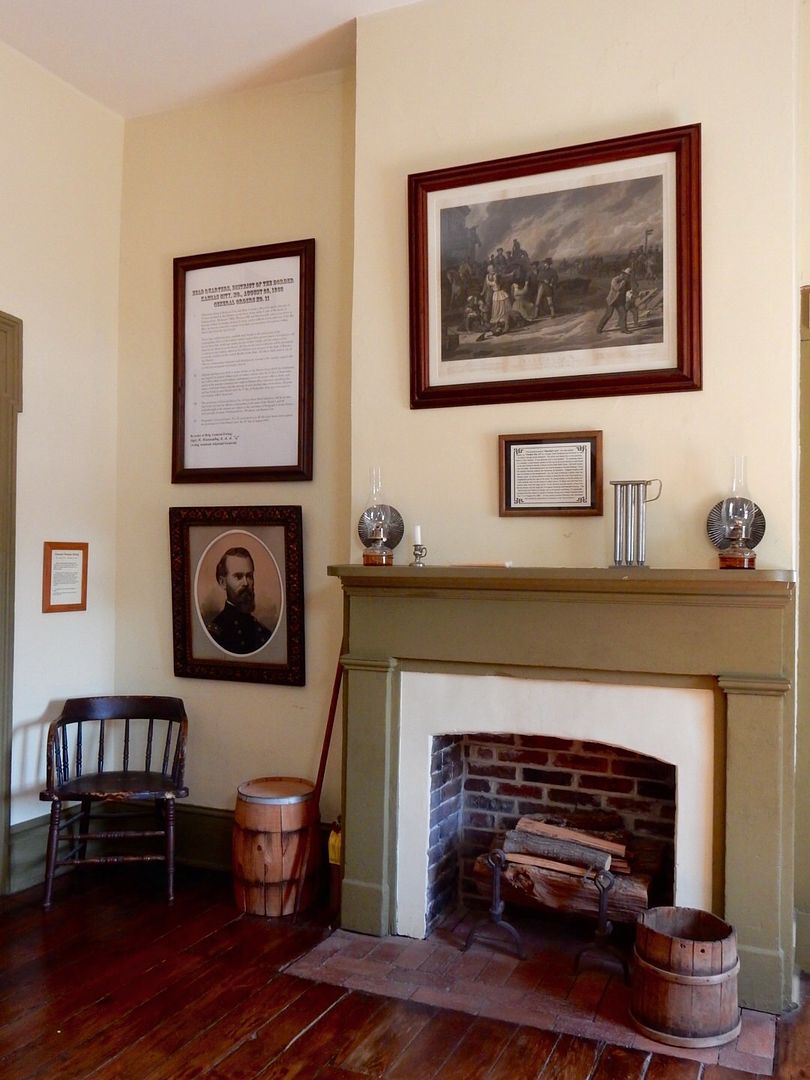
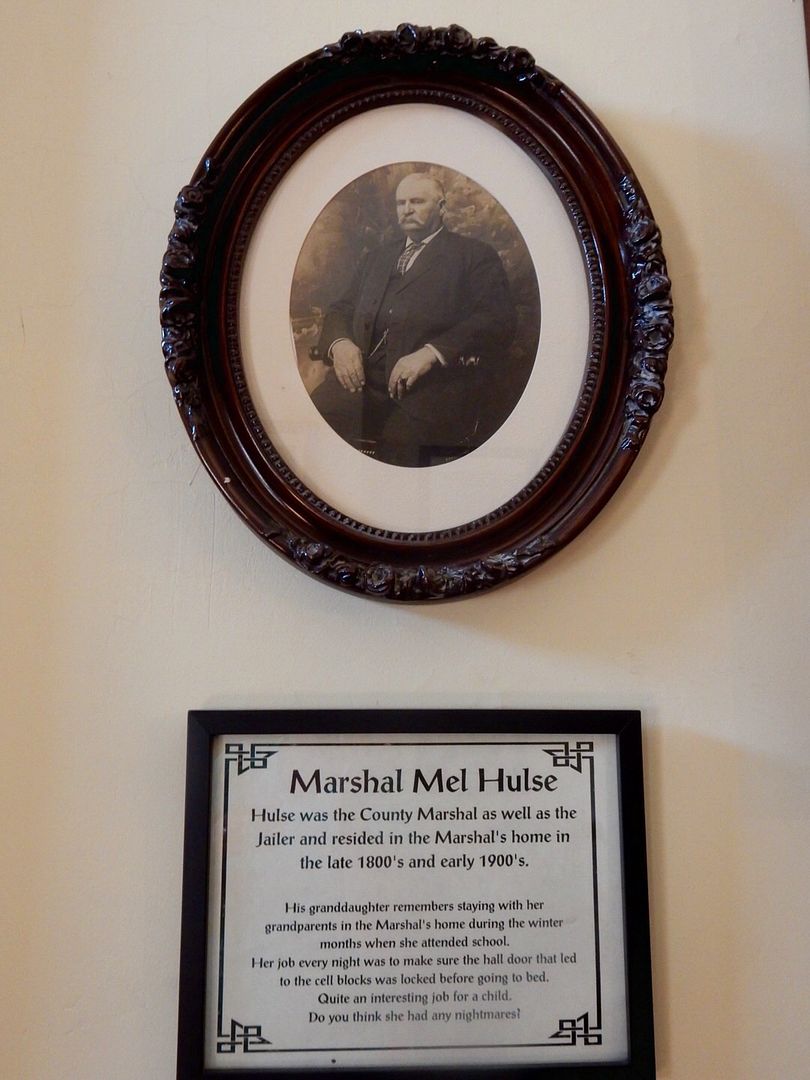
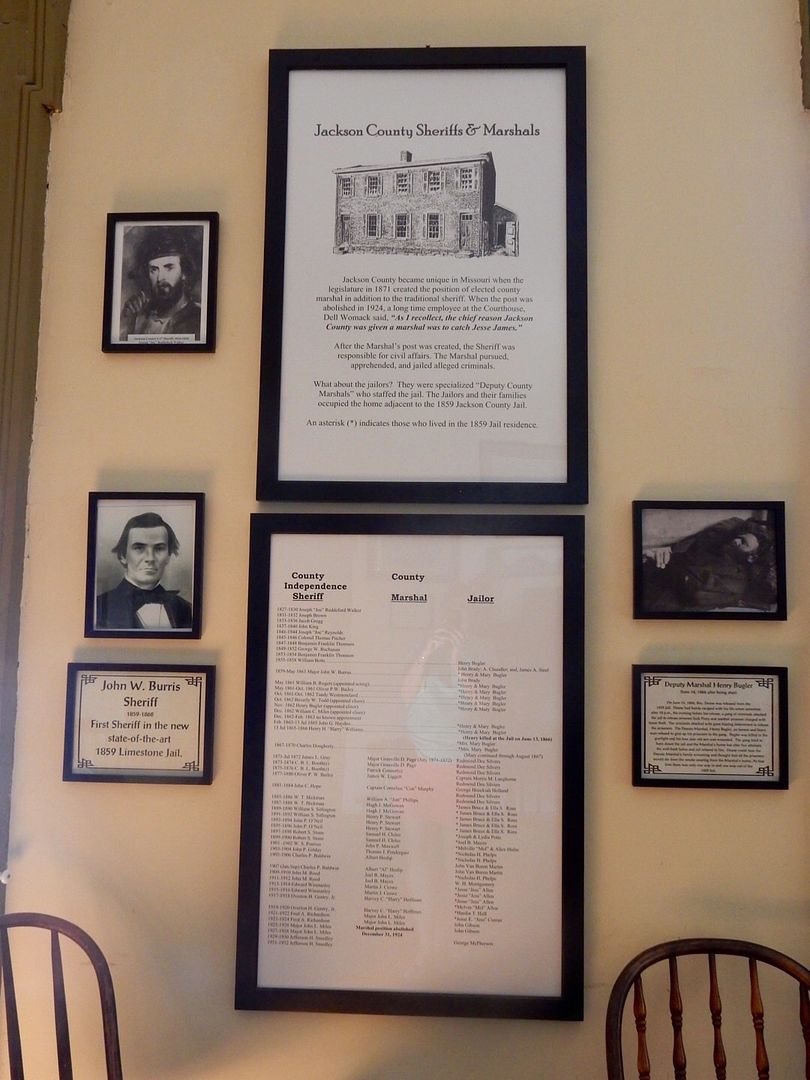
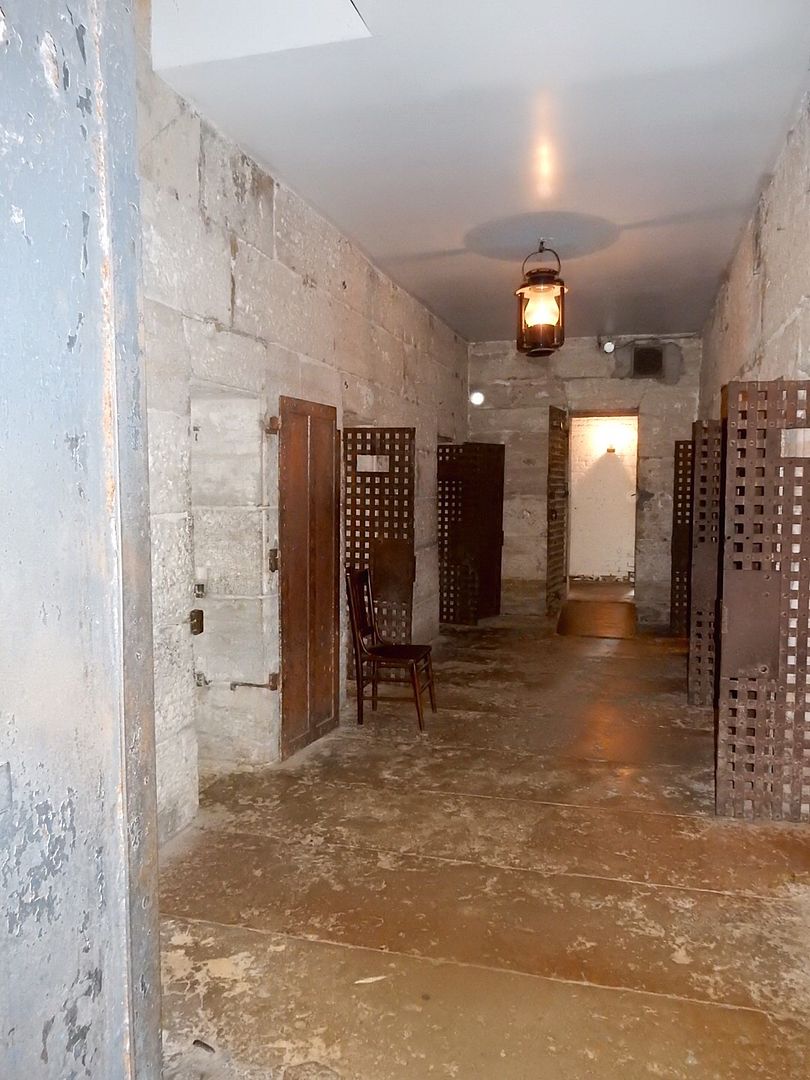
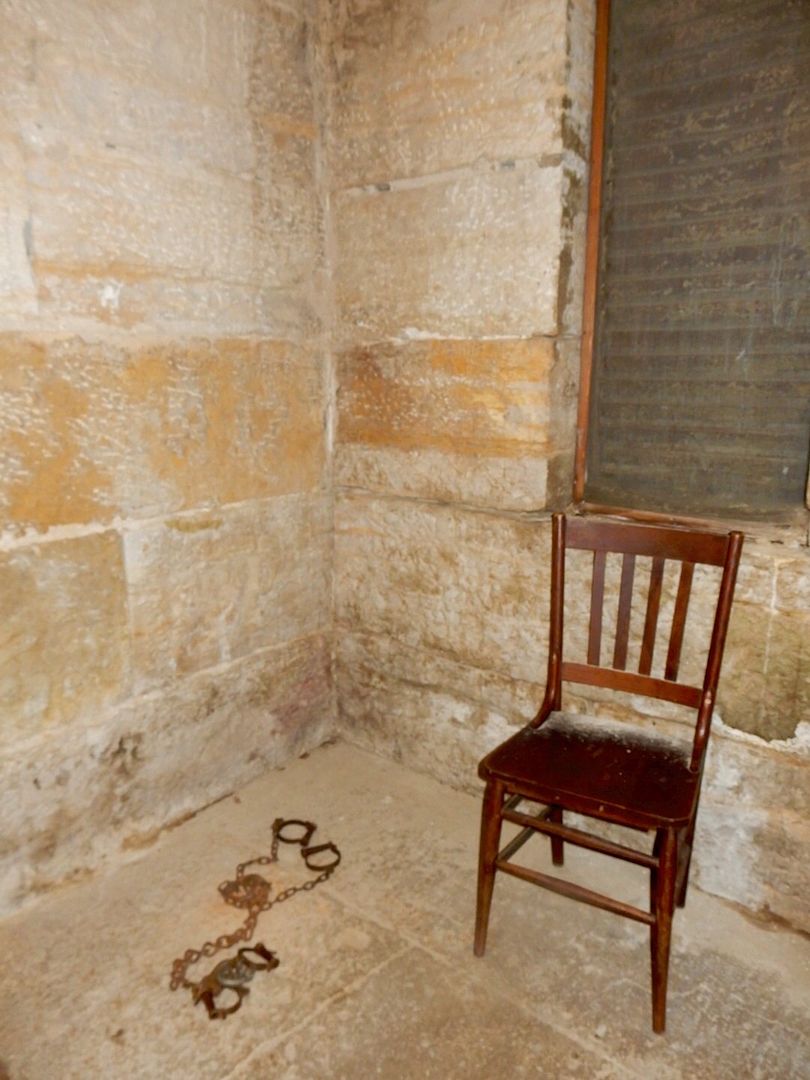
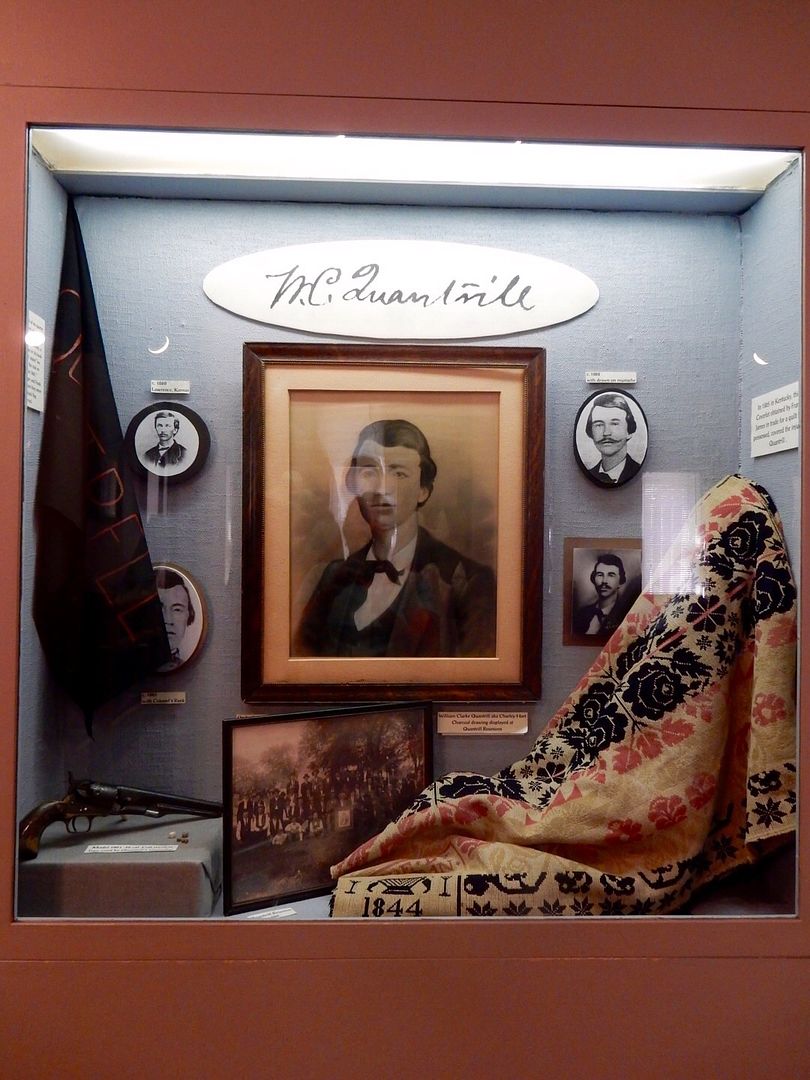
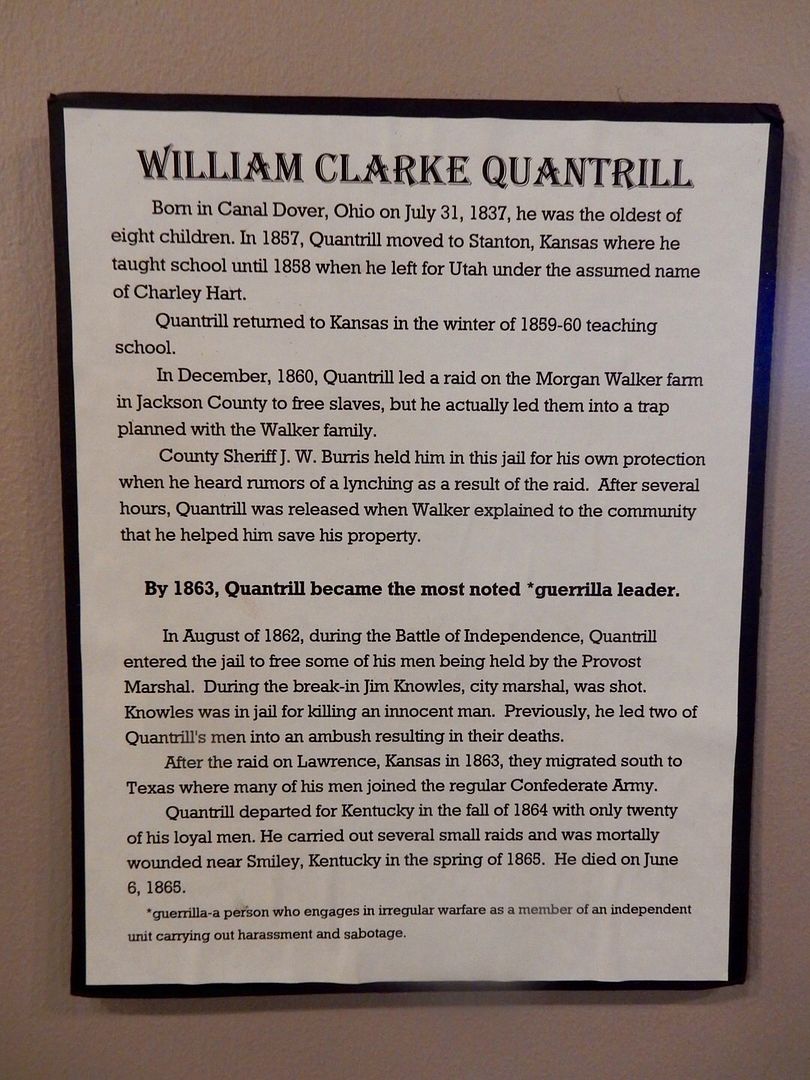

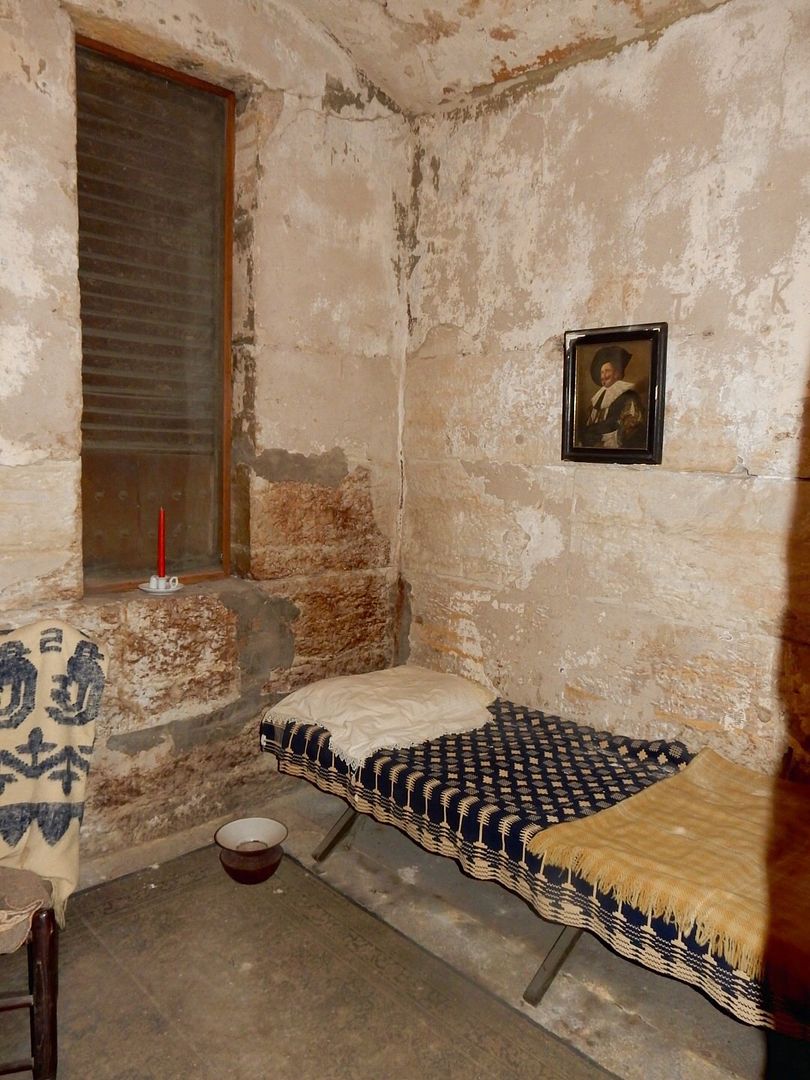
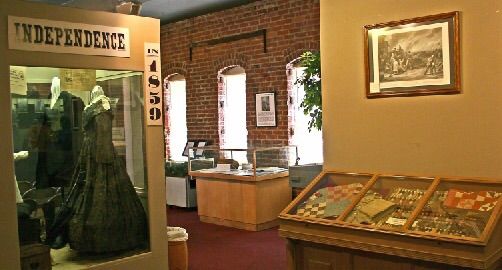
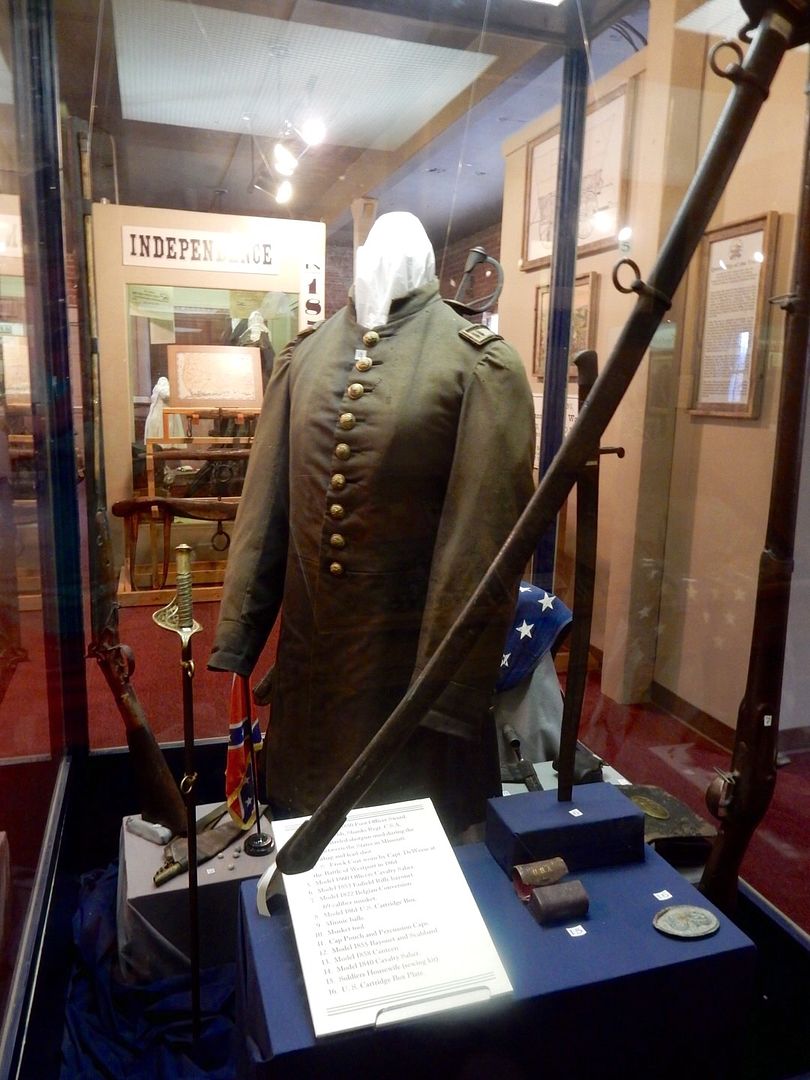
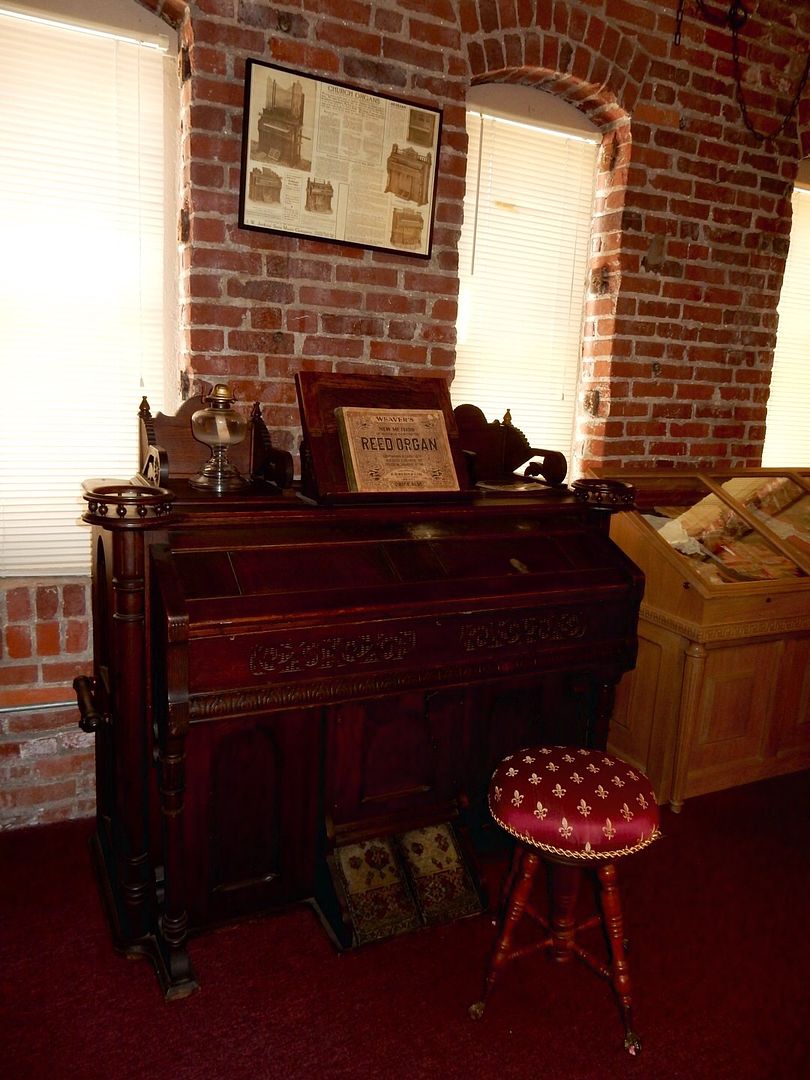

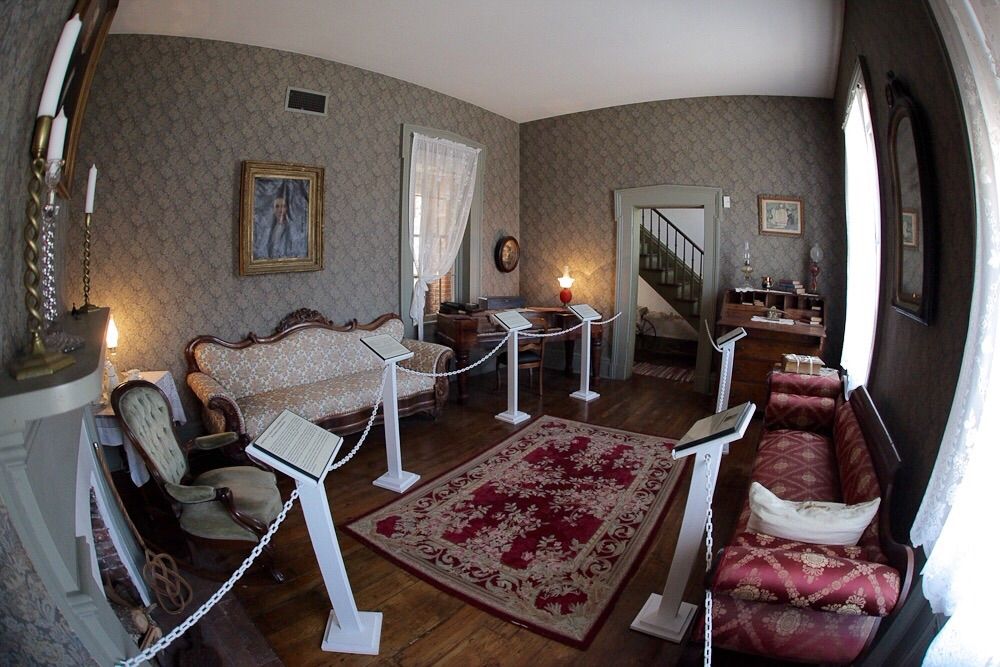

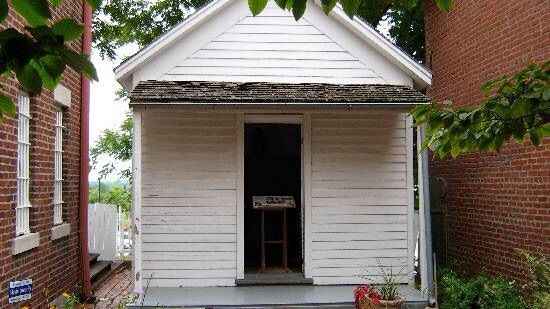
No comments:
Post a Comment